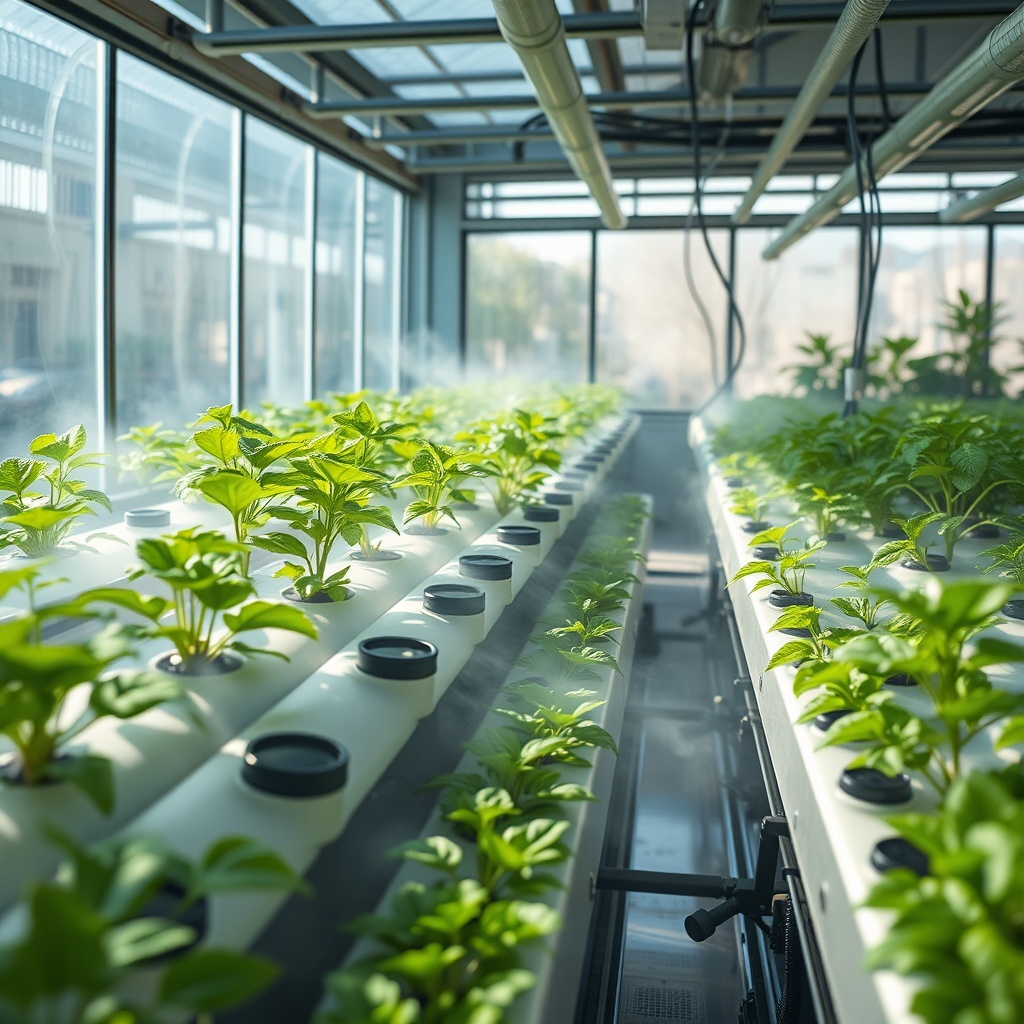Revolutionizing Agriculture

The world faces unprecedented challenges in food production and environmental sustainability. As urbanization rises and climate change impacts agriculture, innovative solutions are paramount. One such solution is sustainable aeroponics, a method of growing plants in an air or mist environment without soil. This technology not only maximizes space but also minimizes resource use, paving the way for a greener future.
Resource Efficiency at Its Best

Aeroponics is heralded as one of the most efficient farming techniques available today. By utilizing a closed-loop system, it drastically reduces the need for water and fertilizers while eliminating soil-related pests and diseases. This method can use up to 90% less water compared to traditional farming practices. In addition, the nutrients provided to the plants are delivered directly to the roots, ensuring that they absorb only what they need, further minimizing waste.
Let’s take a closer look at the resource efficiency of aeroponics compared to traditional agricultural methods:
- Water Usage: Traditional farming requires an average of 600 gallons of water per pound of produce, while aeroponics uses about 1 gallon.
- Space Efficiency: Aeroponic systems can yield 4 to 6 times more produce per square foot than soil-based farms.
- Energy Consumption: With advancements in technology, aeroponics systems are becoming more energy-efficient, relying less on fossil fuels.
Empowering Communities and Reducing Carbon Footprint
The benefits of sustainable aeroponics extend beyond mere resource efficiency. By adopting this innovative farming method, communities can cultivate fresh produce locally, reducing carbon emissions associated with transportation. Urban aeroponic farms can provide fresh fruits and vegetables to city dwellers, tackling food deserts and improving nutrition. Moreover, this method can be implemented in diverse environments—from rooftops to warehouses—making it an adaptable solution for urban agriculture.
As we stand at the crossroads of environmental sustainability and food security, sustainable aeroponics emerges as a beacon of hope. By investing in this revolutionary technology, we can minimize resource use, empower communities, and create a healthier planet for future generations.




